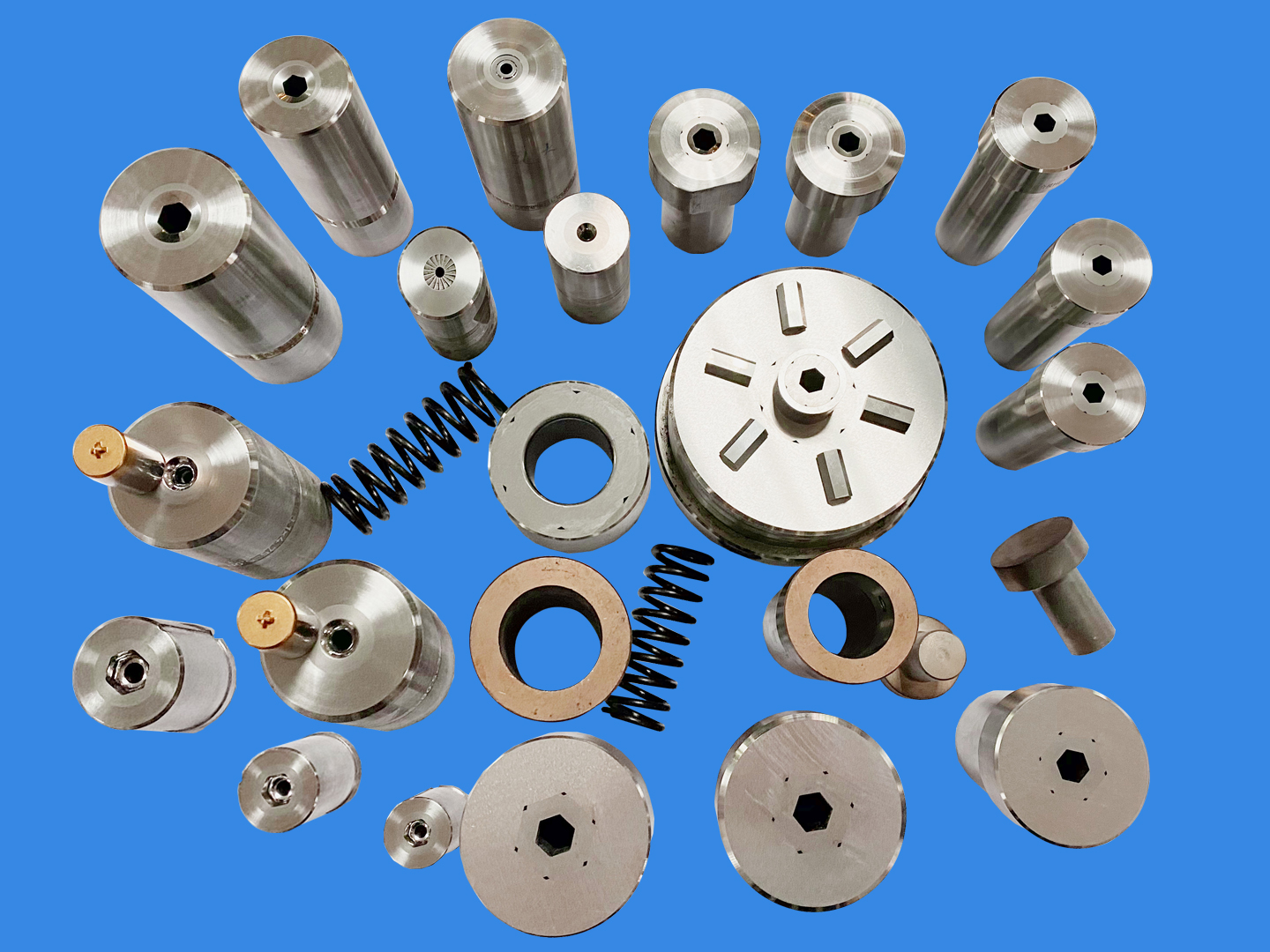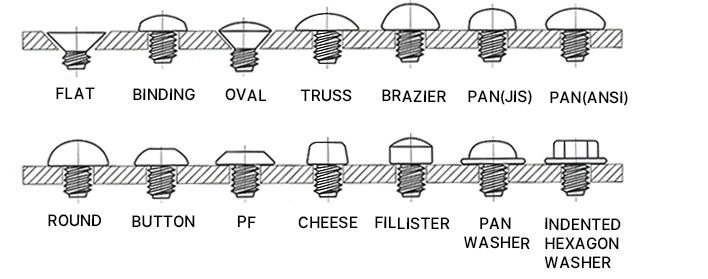An important aspect of metalworking is using the correct punch and die styles and shapes. These tools are essential for making precise cuts and shapes on metal materials. In this blog post, we’ll look at some standard punch and die styles and shapes, as well as other related tooling such as punch and die holders, specialty tools, and more.
Let's start with the punch and die holder. These brackets are designed to hold punches and dies securely in place during metalworking. They provide stability and sturdiness, ensuring accurate and consistent results. Punch and die holders come in a variety of shapes and sizes to accommodate different punch and die sets.

Standard punch and die styles and shapes. These tools come in many shapes and designs, each serving a specific purpose. Some common styles and shapes include lattice and fillet tools, picket tools, round nose tools, rip punches, and more.
Lattice strips and fillet tools are often used to create intricate designs and patterns on metal sheets. The lattice bar design allows for a variety of looks, while the rounded corners ensure smooth and polished edges.
Piling tools are often used to create holes in metal materials, especially when creating fence-like structures. Picket-shaped punches and dies leave evenly spaced, clean, precise holes ideal for wire fencing and similar applications.
The Nob tool, on the other hand, is designed to create circular indentations on metal surfaces. These circular indentations are often used for decorative purposes or as marks for aligning other parts during assembly.
Tear punches, as the name suggests, are primarily used to tear or tear apart materials. It is often used to tri

In addition to these punch and die styles and shapes, there are other specialized tools available for specific metalworking tasks. Specialty tools include tools such as coupling nuts and eccentric (offset) punches. A coupling nut is used to securely join two threaded rods or pipes, while an eccentric punch is used to create an eccentric or asymmetrical hole or shape.
Post time: Sep-23-2023



